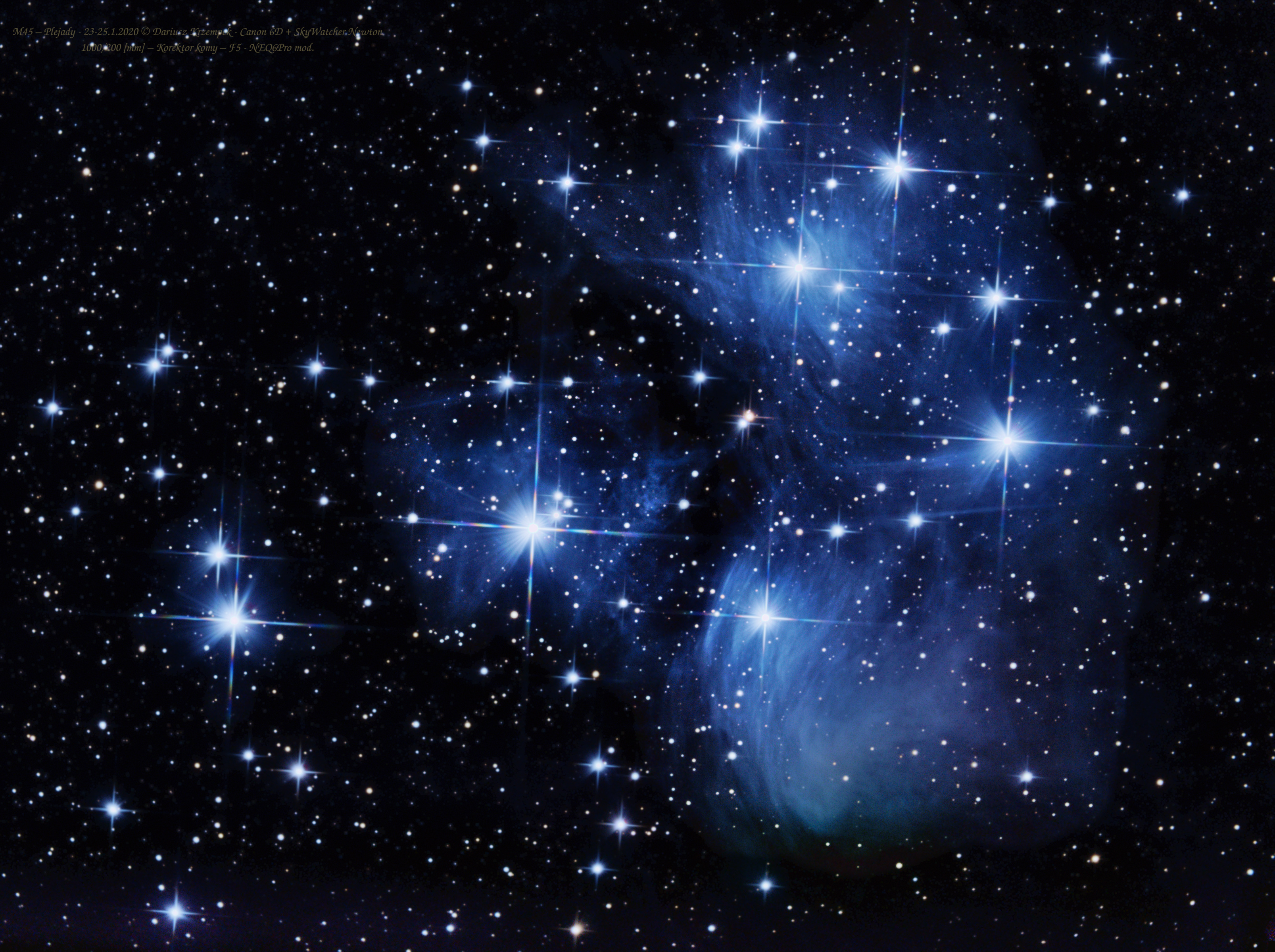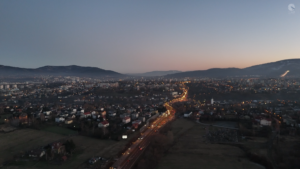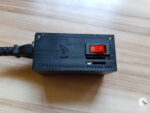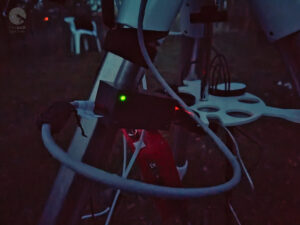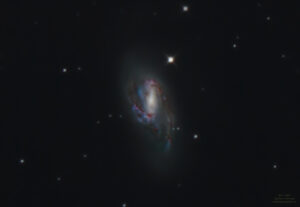Also known as the Seven Sisters and Messier 45, are an open star cluster containing middle-aged, hot B-type stars located in the constellation of Taurus. It is among the star clusters nearest Earth and is the cluster most obvious to the naked eye in the night sky.
The cluster is dominated by hot blue and luminous stars that have formed within the last 100 million years. Reflection nebulae around the brightest stars were once thought to be left over material from the formation of the cluster, but are now considered likely to be an unrelated dust cloud in the interstellar medium through which the stars are currently passing.
Computer simulations have shown that the Pleiades were probably formed from a compact configuration that resembled the Orion Nebula. Astronomers estimate that the cluster will survive for about another 250 million years, after which it will disperse due to gravitational interactions with its galactic neighborhood.
Source: https://en.wikipedia.org/wiki/Pleiades
These are my first Pleiades for a just modified NEQ6Pro, assembly with belt drive instead of gears and new bearings. I modified the mount myself and after this photo session I see what else I need to improve and what activities I did not take to know and what mistakes I made.
At the first night I realized, that I had not aligned the polar scope axis with the mount, which practically prevented me from setting the mount to polar correctly. I had no idea that this should be done. Because of that the first photo session is just only 90 [s] exposure. That’s all I could get without the correct align of mount to polar. The next day I did my “lessons” and in the evening when the polar appeared in the sky, I aligned the mount axis as much as possible at -10 ° [C] degree by turning three tiny screws with a tiny allen key, in poor light, without winter gloves on my hands, until I was able to keep the key in this freeze night.
I aligned the mount as it was possible to carry out exposure of about 150 [s] at 1000/200 [mm] focal length of my telescope without guidng, but every second / third frame was still with traveling stars. I reduced the exposure time to 2 [min] to reduce the amount of waste material, still I had every 4-6 frame broken. I determined that the axle clearance pressure was set incorrectly in one of axis, which caused a noticeable small play, which I still have to cancel by adjusting the pressure.
I will refine the assembly and improve the results. When my Mgen Lacerta II comes back to me, then this assembly with this tube will show a what deserve. I hope.
Photos taken on 23-25.1.2020 at Żabnica with company of a friend Tomasz Siekiera, who made the square available for astrophotography. Thanks Tomek! 🙂
Equipment:
- Canon EOS 6D (no mod.),
- SkyWatcher Newton 1000/200 [mm] F5,
- Coma corrector,
- NEQ6Pro modification with some mistakes in the calibration process I’ve made due to my knowledge gaps. I’ll work on it in the near future.
Stacking, composition and data:
- Astro Pixel Processor
- GIMP v2.10.14 + plug-ins (Linux)
- Lights in the two session: 175 x 90[s] ISO 1600 + 32 x 120[s] ISO 1600 = 207 – 10% bad quality rejected frames = 186 best frames with different time exposure,
- Flats: 35 ISO-1600,
- Dark Flats: 42 ISO-1600,
- Darks: 42 ISO-1600,
- Bias: 20 ISO-1600


